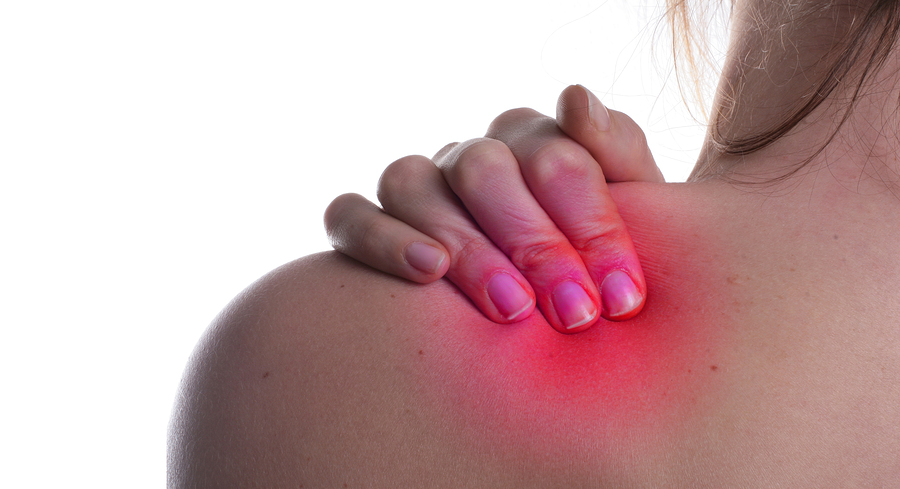Shoulder problems are very common and account for about 15 percent of all of the patients we see in our physical therapy clinic. This isn't surprising considering the complexity of your shoulder joint. In fact, it is probably better to call it a shoulder complex considering all that is involved. It's quite remarkable yet almost everyone takes it for granted. You shoulder does not just move up and down. It can move across your chest, out to the side, and helps you reach behind your back too. There is an almost infinite number of directions your arm and shoulder can move.
In order for the shoulder complex to function optimally,4 joints and at least 14 muscles need to work in harmony. From your middle and shoulder blade joint (scapulothoracic joint) and collar bone joints (sternoclavicular and acromioclavicular joints), to the ball and socket called the glenohumeral joint, there are several moving parts that need to be evaluated if you have shoulder pain.
A PINCHED ROTATOR CUFF CAN BE PAINFUL
One area that is often suspect when it comes to shoulder pain is the rotator cuff. This group of 4 muscles (supraspinatus, subscapularis, infraspinatus, teres minor) helps to stabilize the ball in the socket while the large and powerful muscles (i.e. the deltoid, pectoralis major, latissimus dorsi) move the arm around. Due to the fact that a good portion of the rotator cuff is located in between two moving bones (the humerus and acromion), your cuff can be pinched resulting in pain and loss of function. The term that describes a pinched rotator cuff is called impingement. It's one of the most common shoulder problems we treat. Pain associated with shoulder impingement tends to inhibit or turn off the rotator cuff muscles. This leads to atrophy and further shoulder dysfunction. Loss of shoulder motion is also common.
LOOKING BEYOND THE ROTATOR CUFF
While it makes sense to focus attention on the rotator cuff during rehabilitation, the real skill of rehabilitating the shoulder involves comprehensive evaluation and treatment of the rest of the moving parts as well. For example, if a patient has poor posture, correction of the middle back can help position the shoulder blade (scapula) in a more advantageous position so the rotator cuff doesn't have to work so hard. Similarly, if the shoulder blade is not moving properly, the rotator cuff and arm positioning muscles mentioned above have to work overtime. It is important to look at the big picture in order to develop a treatment plan customized for your specific needs.
In summary, if you experience shoulder pain with any daily activity, from throwing a ball to lying on your shoulder, chances are physical therapy can help. No other professional has as much experience with the conservative evaluation and treatment of your entire shoulder complex.
We've helped weekend warriors and competitive athletes get back to the activities they enjoy. Physical therapy is all natural, clinically proven, and free of any serious side effects. Give us a call if you have shoulder pain. We are confident we can help

.png)
